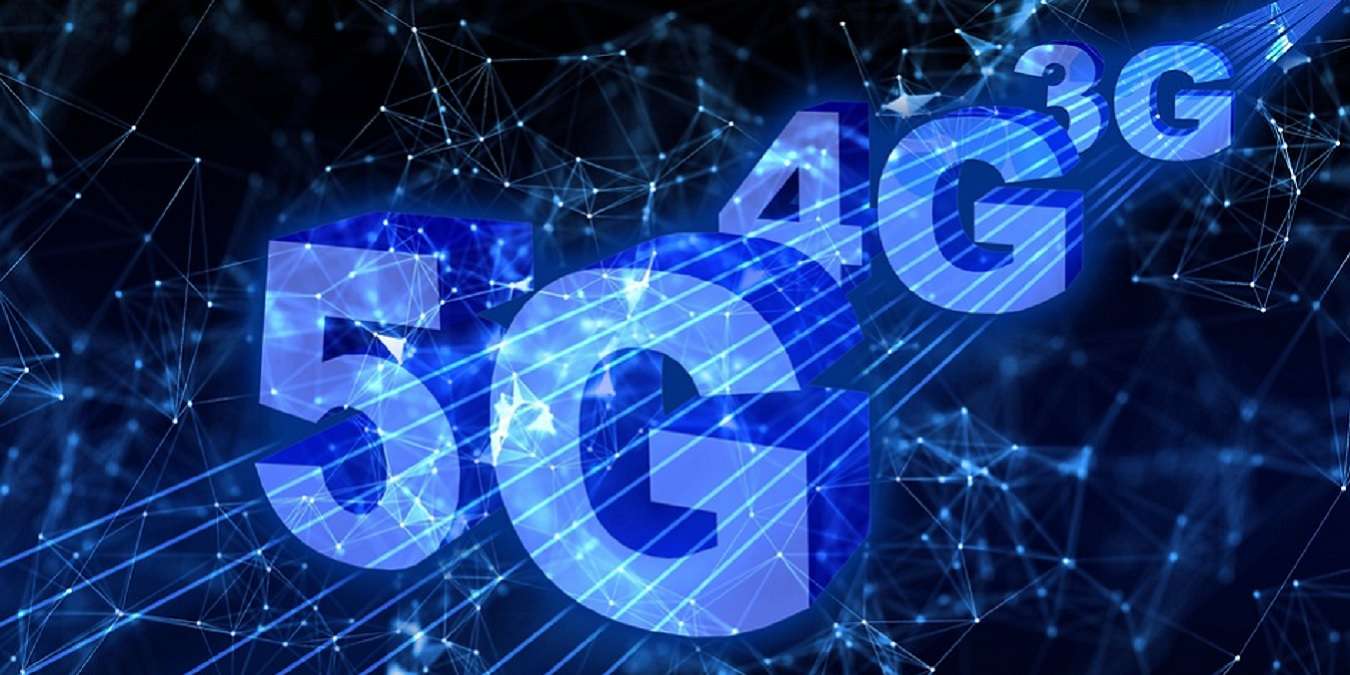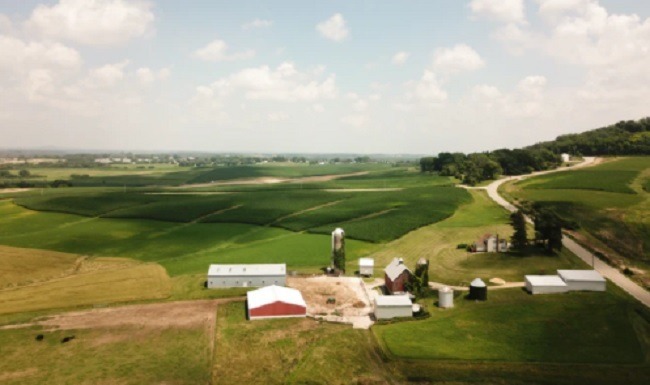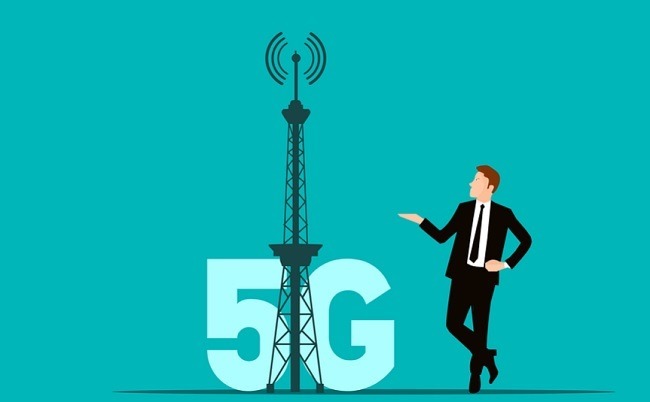
You can’t turn on the TV without mobile carriers like Verizon and T-Mobile talking about 5G coverage. That sounds great in theory, but in reality, the coverage isn’t nearly as widespread. And that’s a major problem since IoT and edge computing are relying on 5G to continue growing and adapting to user needs. For this to be successful, there are several big 5G limitations to overcome.
5G Availability
One of the most obvious 5G limitations is availability. If you live in a rural area, you’re probably confused as to why mobile carriers are investing so heavily in 5G when 4G still isn’t fully available and signals are weak. In fact, some areas still rely on 3G.

For example, I live between two larger cities, one of which actually has partial 5G coverage. Miles of interstate between the two cities are complete dead spots. And the 4G is spotty at best until you’re almost within the city limits of both cities. That leaves anyone traveling on the interstate without access to real-time GPS and other Internet-dependent apps.
As with most new technology, 5G is only being rolled out in major cities first. That limits a large portion of the population globally as many working in cities actually live in rural areas. So while IoT may get a boost within cities, other cities and communities wouldn’t be able to utilize the same IoT advances.
Rollouts take time, and it could still be years before even half of the population has access, including businesses reliant on IoT.
5G Is a Weaker Signal
Part of what makes 5G faster is the type of wavelengths used. This is also one of the biggest 5G limitations. When it comes to radio waves on the electromagnetic spectrum, there’s a wide range to use. The higher the frequency, the shorter the distance those waves can travel past obstacles.

While 4G operates around 6 GHz, 5G ranges anywhere from 24 GHz to 100 GHz. It comes in low- and mid-band along with millimeter waves. Of course, the lower the frequency, the slower your overall connection. A low-band 5G signal would be more comparable to 4G, but it has a further range, making it more widely available and stronger.
Mid-band 5G signals won’t reach as far as low-band, but they are faster. See, the problem already? Millimeter waves, or mmWave, is the dream technology. This is where you get the promised higher speeds that blow 4G away. But, these waves are so short and weak that devices need to be within sight of a tower or access point.
So the fastest 5G has the weakest signal strength. For IoT, this creates a problem, as it means you couldn’t move devices around much without losing the signal or having to bounce back to a slower 5G or even 4G signal.
5G Infrastructure Costs
With the signal issue comes more 5G limitations: infrastructure costs. For IoT to get the full benefits of 5G, mmWave is a necessity. For mission-critical applications, you’d want near zero latency, such as when performing brain surgery. But, that’s going to require extensive infrastructure changes.

Towers and access points would need to be just several miles apart at most. Not only are most areas not going to want to have that many towers in one place, but it’s not cheap.
This is another reason rollouts are taking so much longer. Carriers focusing more quickly on expanding 5G are opting for low-band and mid-band, which works for the average person, but mmWave availability takes much more time and equipment. After all, these waves can be blocked by a wall. To get past obstacles, it’s a costly endeavor.
Naturally, those higher speeds will cost more to help offset the infrastructure costs. Plus, businesses may not have access to the higher speed 5G networks for years, further delaying IoT growth.
5G is on the way, but 5G limitations are holding up the progress. For IoT to reach its full potential, 5G coverage has to be widespread and as fast as possible. Right now, this is still years out.








